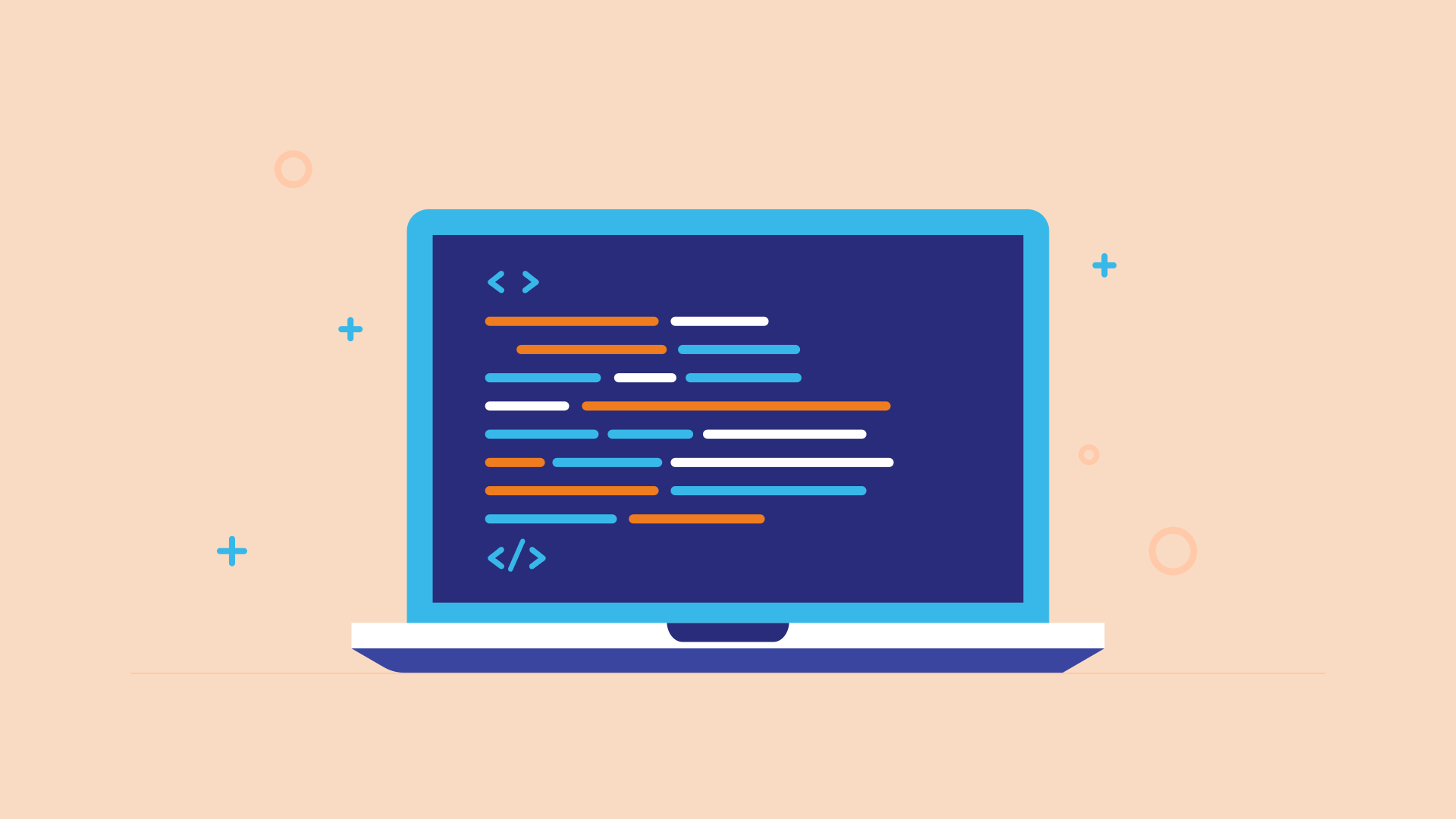A programming language is a formal system designed to communicate instructions to a computer. It serves as a bridge between human thought and machine execution, allowing programmers to write code that computers can understand and execute. Here's an introduction to the key concepts and characteristics of programming languages:
1. **Syntax and Semantics:** Every programming language has its own rules for writing code. These rules are called syntax. Syntax defines how code should be structured, including things like the placement of parentheses, brackets, and commas. Semantics, on the other hand, deals with the meaning of code. It determines what different statements and instructions do when executed.
2. **High-Level vs. Low-Level:** Programming languages can be categorized into high-level and low-level languages. High-level languages, like Python and Java, are designed to be more human-readable and abstracted from the hardware. Low-level languages, like Assembly and Machine Code, are closer to the hardware and provide more direct control over the computer's operations.
3. **Compiled vs. Interpreted:** Some programming languages are compiled, which means the code is translated into machine code before execution. Examples include C and C++. Others are interpreted, where the code is executed line by line by an interpreter. Python and JavaScript are examples of interpreted languages.
4. **Imperative vs. Declarative:** Imperative languages focus on telling the computer how to perform a task step by step. C and Java are imperative languages. Declarative languages, like SQL, focus on describing what you want the computer to do without specifying how to do it.
5. **Static vs. Dynamic Typing:** Programming languages can have static or dynamic typing. In statically-typed languages (e.g., C++), variable types are defined at compile-time and cannot change during runtime. In dynamically-typed languages (e.g., Python), variable types are determined at runtime and can change as needed.
6. **Standard Libraries:** Most programming languages come with a standard library, which includes pre-written functions and modules that simplify common tasks. These libraries can save developers time and effort.
7. **Community and Ecosystem:** The popularity and active community around a programming language can significantly impact its usefulness. Large and active communities often result in extensive documentation, third-party libraries, and community support.
8. **Domain-Specific Languages (DSLs):** Some languages are designed for specific domains or industries. For example, SQL is used for database querying, and HTML/CSS are used for web development. DSLs are tailored to solve specific problems efficiently.
9. **Evolution:** Programming languages evolve over time to incorporate new features, improve performance, and enhance security. Developers need to stay updated with language changes and best practices.
10. **Cross-Platform Compatibility:** Some languages are platform-independent, allowing code written in one environment to run on multiple platforms. Java, for example, is known for its "write once, run anywhere" capability.
Learning a programming language involves understanding its syntax, semantics, and libraries, as well as mastering problem-solving and algorithmic thinking. The choice of language often depends on the specific application, project requirements, and personal preferences of the programmer.

